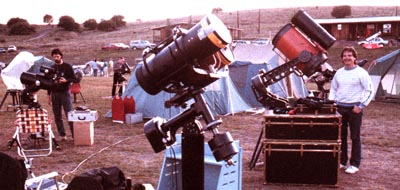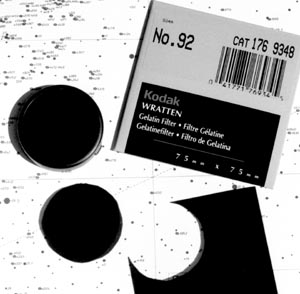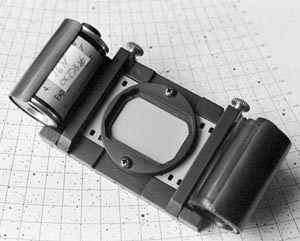








| Astrophotography With a Schmidt Telescope Atlas of Deep Sky Splendors ATM Book 2 ATM Book 3 Practical Computer-Aided Lens Design Telescope Optics The Celestron Schmidt Camera Wide-Field Astrophotography |
Marx & Pfau Hans Vehrenberg Albert Ingals, Editor Albert Ingals, Editor Gregory Hallock Smith Rutten & van Venrooij (owner's manual) Robert Reeves |

Go to the previous page ---- Common Schmidt Camera Errors